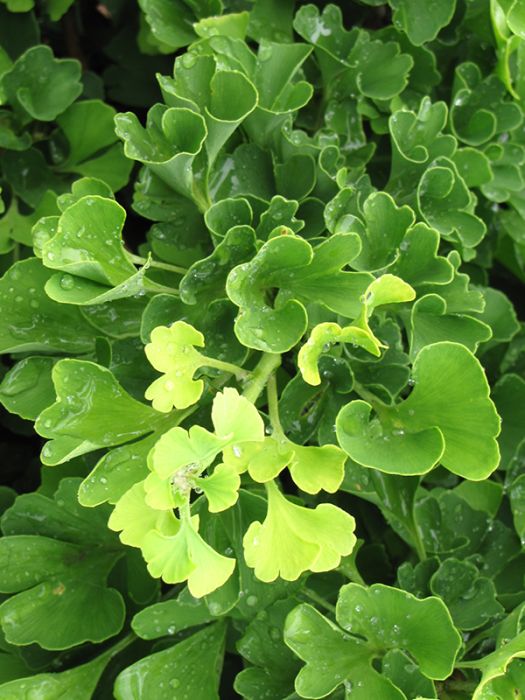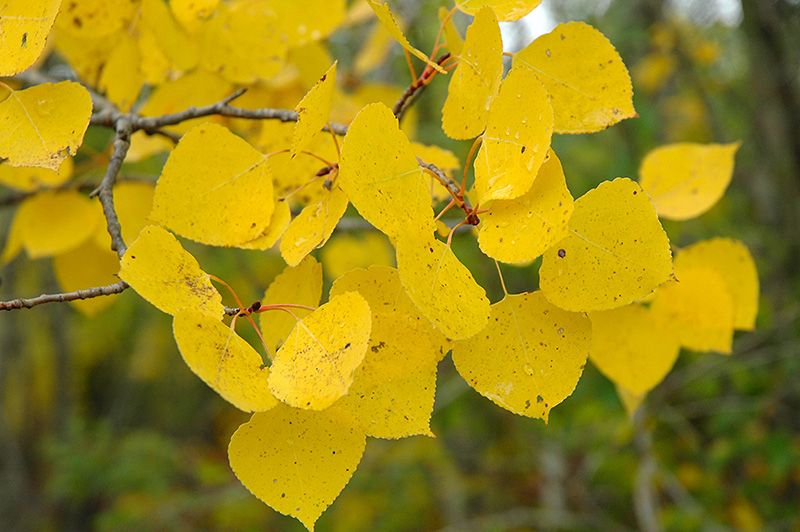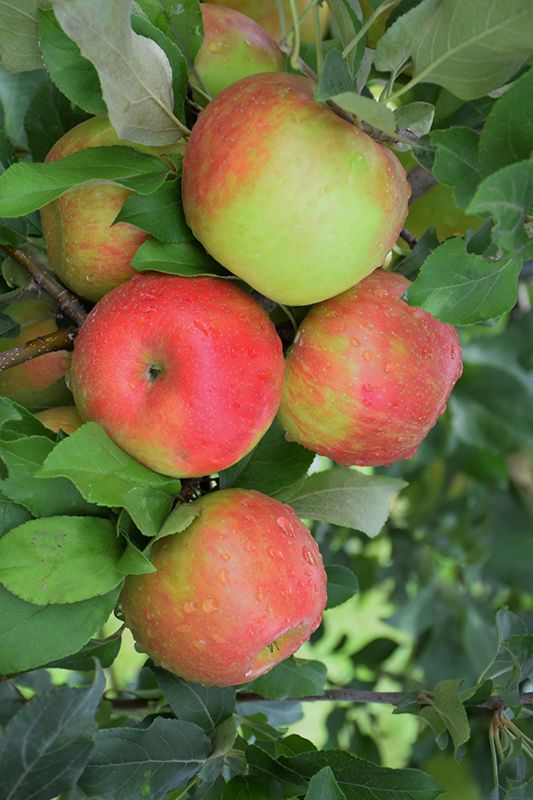Ginkgo, 'Mariken'



- Sun Preference
- Full-Sun
Description
A dwarf selection with dense foliage on a flat, spreading form. Yellow fall color.
Minnesota's Largest Selection of Trees
At Minnesota's Destination Garden Center, we offer a diverse range of trees to suit any landscaping need. Whether you're looking for shade trees to cool your home or ornamental trees to add beauty and interest, you'll find the perfect tree at Gertens. Our knowledgeable staff can help you select the right tree for your space and provide tips for care and maintenance. Visit Gertens today and explore the unmatched variety of trees to enhance your outdoor environment!
Details
Mariken Dwarf Ginkgo | Ginkgo biloba 'Mariken'
Height: 24 inches
Spread: 30 inches
Sunlight: full sun
Hardiness Zone: 4a
Other Names: Maidenhair Tree
Brand: Gertens
Description:
This is a dwarf ginkgo tree with distinctive fan-shaped leaves; spreading branching habit; rich butter yellow in fall; a shrubby form of the species great for bonsai and containers
Ornamental Features
Mariken Dwarf Ginkgo is primarily valued in the garden for its ornamental globe-shaped form. It has bluish-green deciduous foliage which emerges chartreuse in spring. The fan-shaped leaves turn an outstanding buttery yellow in the fall.
Landscape Attributes
Mariken Dwarf Ginkgo is a multi-stemmed deciduous shrub with a more or less rounded form. Its average texture blends into the landscape, but can be balanced by one or two finer or coarser trees or shrubs for an effective composition.
This is a relatively low maintenance shrub, and is best pruned in late winter once the threat of extreme cold has passed. Deer don't particularly care for this plant and will usually leave it alone in favor of tastier treats. It has no significant negative characteristics.
Mariken Dwarf Ginkgo is recommended for the following landscape applications;
- Mass Planting
- General Garden Use
- Container Planting
Planting & Growing
Mariken Dwarf Ginkgo will grow to be about 24 inches tall at maturity, with a spread of 30 inches. It has a low canopy. It grows at a slow rate, and under ideal conditions can be expected to live for 80 years or more.
This shrub should only be grown in full sunlight. It is very adaptable to both dry and moist locations, and should do just fine under typical garden conditions. It is not particular as to soil type or pH, and is able to handle environmental salt. It is highly tolerant of urban pollution and will even thrive in inner city environments. Consider applying a thick mulch around the root zone in winter to protect it in exposed locations or colder microclimates. This is a selected variety of a species not originally from North America.
Mariken Dwarf Ginkgo makes a fine choice for the outdoor landscape, but it is also well-suited for use in outdoor pots and containers. It can be used either as 'filler' or as a 'thriller' in the 'spiller-thriller-filler' container combination, depending on the height and form of the other plants used in the container planting. It is even sizeable enough that it can be grown alone in a suitable container. Note that when grown in a container, it may not perform exactly as indicated on the tag - this is to be expected. Also note that when growing plants in outdoor containers and baskets, they may require more frequent waterings than they would in the yard or garden. Be aware that in our climate, most plants cannot be expected to survive the winter if left in containers outdoors, and this plant is no exception. Contact our experts for more information on how to protect it over the winter months.
More Information
| Gerten Grown Plants | Gerten Grown Plants |
|---|---|
| Tree Type | Shade & Ornamental |
| Sun Preference | Full-Sun |
| Mature Height (Range) | 5 - 10 feet |
| USDA Hardiness Zone | 4, 5, 6, 7, 8 |
| Common Family Name | Ginkgo |





